For as intimate as making an album can feel for the artist, there is also plenty of impersonal business wrapped up in the entire process, which was a reality check that Bruce Springsteen was slapped with during the making of (and preceding legal battle about) his 1978 album, Darkness on the Edge of Town. Springsteen was at a unique point in his career in the mid-1970s. The monumental success of Born to Run from 1975 effectively turned the New Jersey rocker into an international star.
Videos by American Songwriter
It seemed like there was nowhere to go but up. Until, suddenly, Springsteen hit a wall in the form of his soon-to-be ex-manager, Mike Appel. Appel wanted a live album follow-up to Born to Run. Springsteen wanted back in the studio. Once Springsteen realized his contract with Appel meant that he would either make the album Appel approved of or none at all, the rock ‘n’ roller took his manager to court. Appel had been with Springsteen since the release of his debut in 1973. After a lengthy and contentious legal battle, that relationship was over by 1977.
In between filing his lawsuit against Appel and receiving legal permission to get back in the studio, Springsteen toured extensively with The E Street Band. As soon as the court deemed it okay for Springsteen to begin recording under his own creative direction, he did. About four days from permission to session. Springsteen released Darkness on the Edge of Town the next year, in June 1978. But ironically, given how hard he had to fight to make it, he ended up not liking it all that much.
Why Bruce Springsteen Disliked ‘Darkness on the Edge of Town’
Artists are notoriously finicky critics when it comes to their own work. A special blend of ego, insecurity, and passion often means that an artist will never be totally satisfied with something they created. Darkness on the Edge of Town was no exception for Springsteen. He later lamented over the album’s quality during a 1984 appearance on the British television show Whistle Test.
Discussing works he would like to go back and redo, Springsteen immediately cited Darkness on the Edge of Town. He said that it was a “record that I thought had some of my best of a certain type of song [and] had a lot of good ideas. But I always felt that it was a little dry, recording-wise. I felt like…we kind of underplayed and oversang a little bit. That stuff sounds quite a bit different in performance, and I’d be interested in getting different versions of a lot of those songs.”
In hindsight, it would make sense that an album that was born from such a strenuous legal battle would come out sounding like that. Springsteen had something to prove, to be sure—likely where the over-singing came into play. But he was also worn out, both from the road and his legal proceedings with a former colleague, hence the underplaying. Commercially, the album did okay. It peaked at No. 5 on the Billboard Top LPs and Tape chart and at No. 14 in the U.K.
Eventually, Darkness on the Edge of Town began receiving more critical acclaim as a misunderstood and overlooked addition to Springsteen’s catalogue. Indeed, the album—which marked a pivotal shift in Springsteen’s career—would be appreciated. It just took some time for everyone else to see the light.
Photo by George Rose/Getty Images

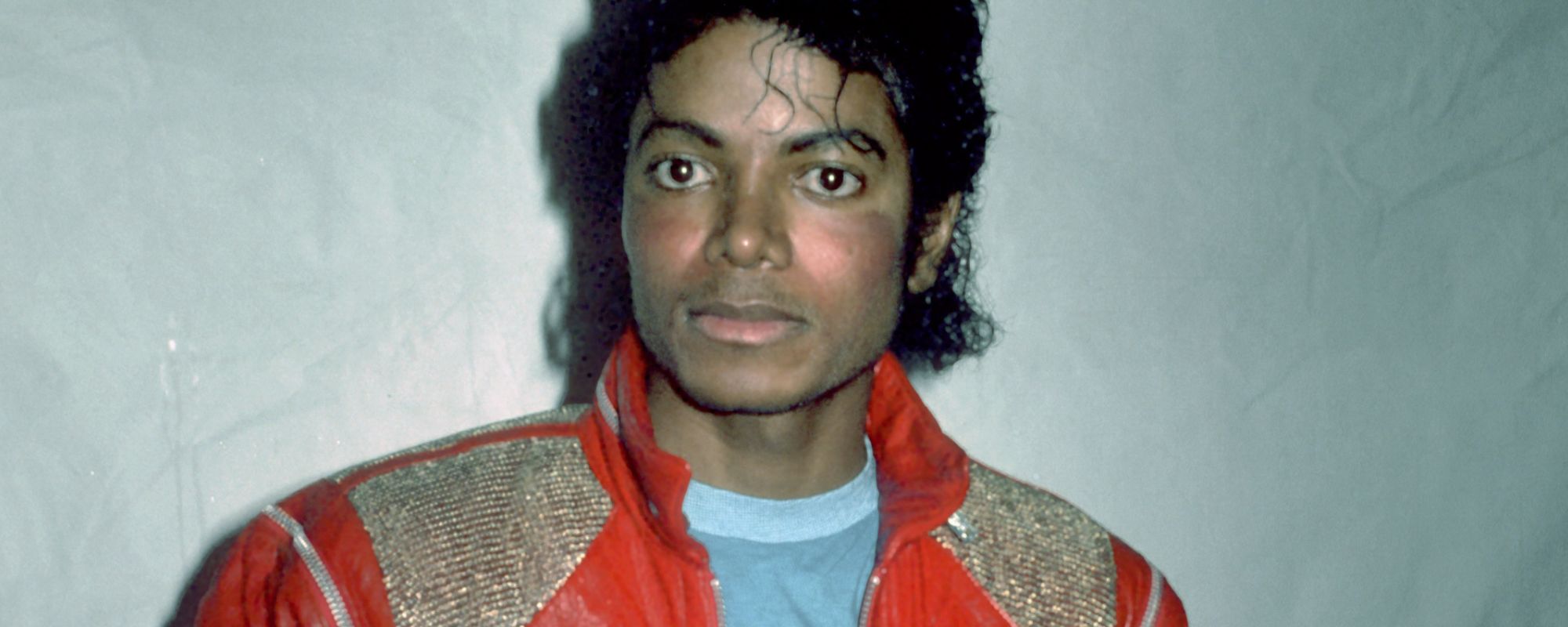
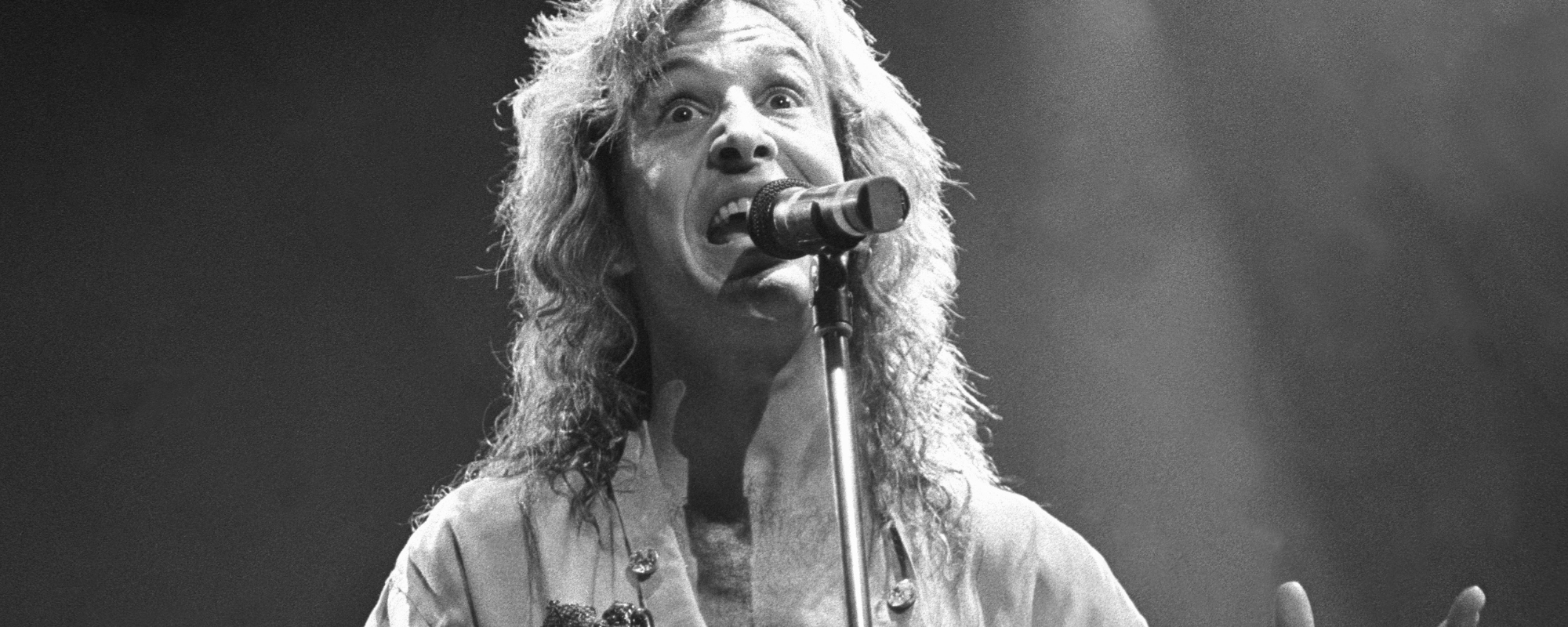
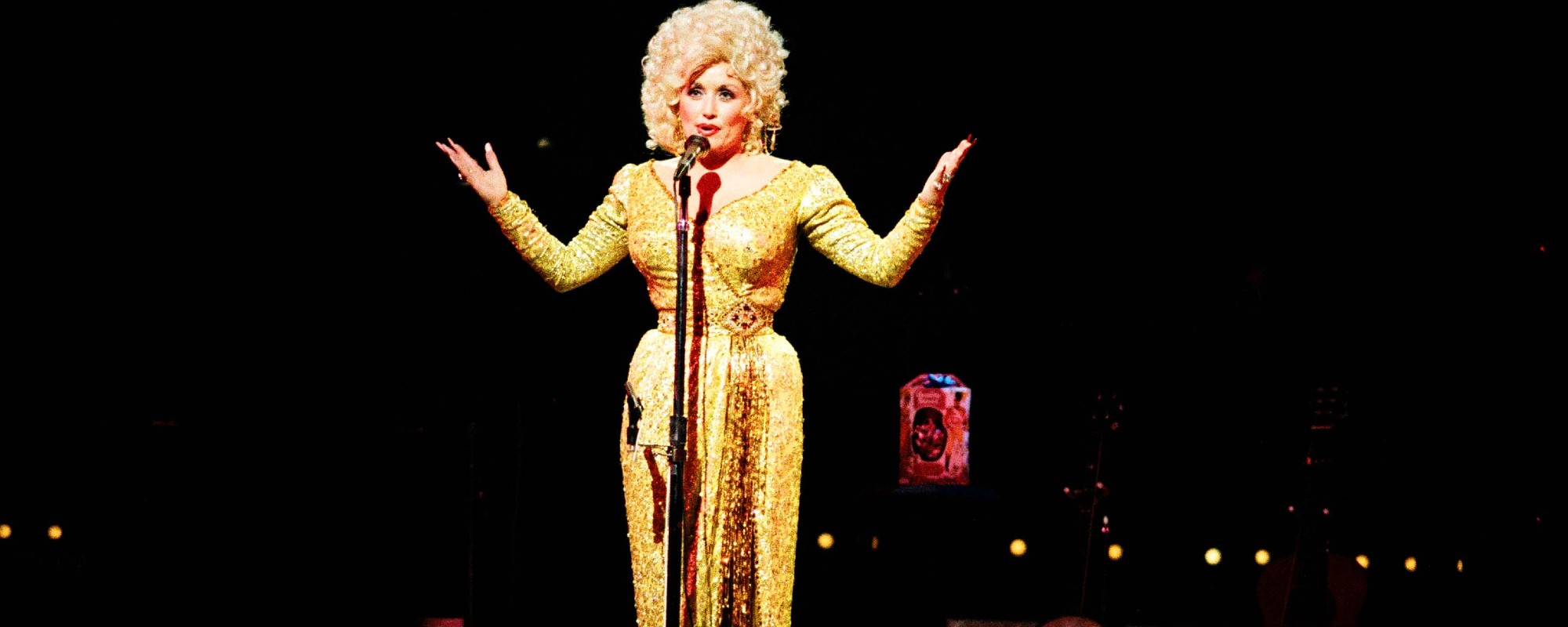
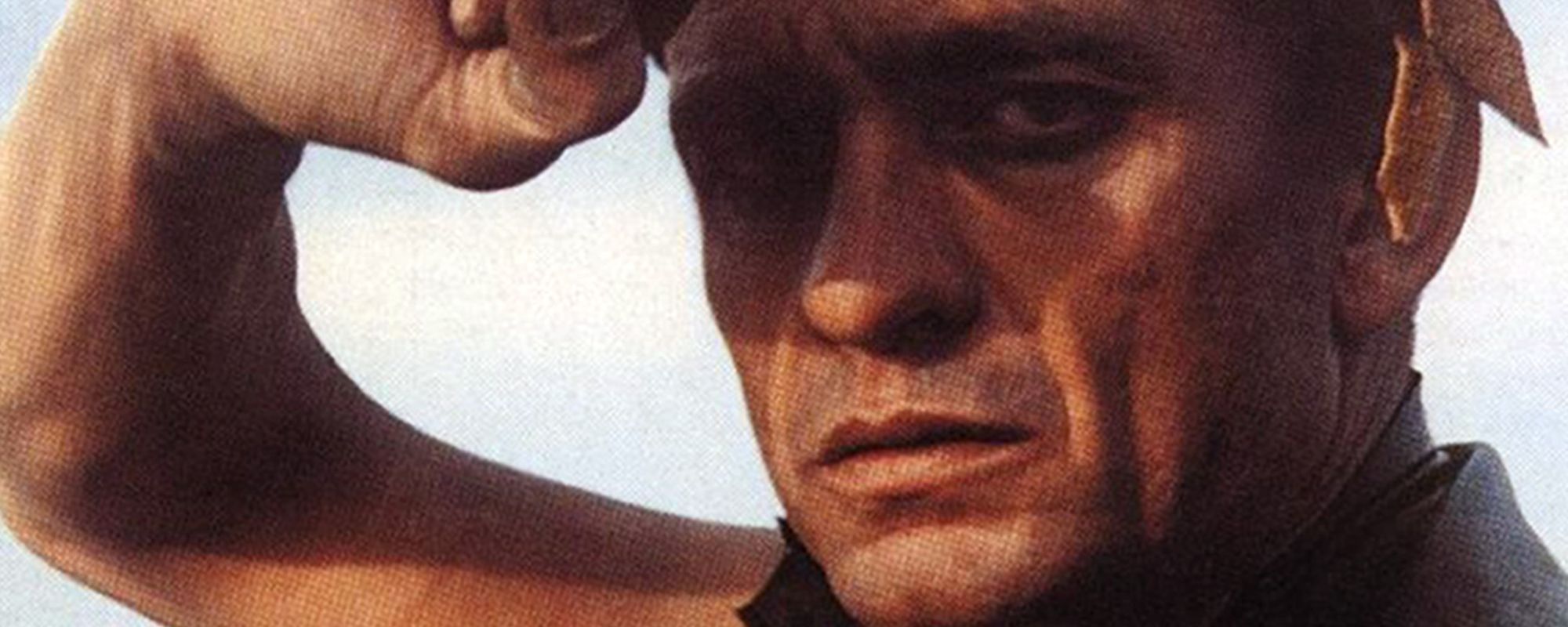
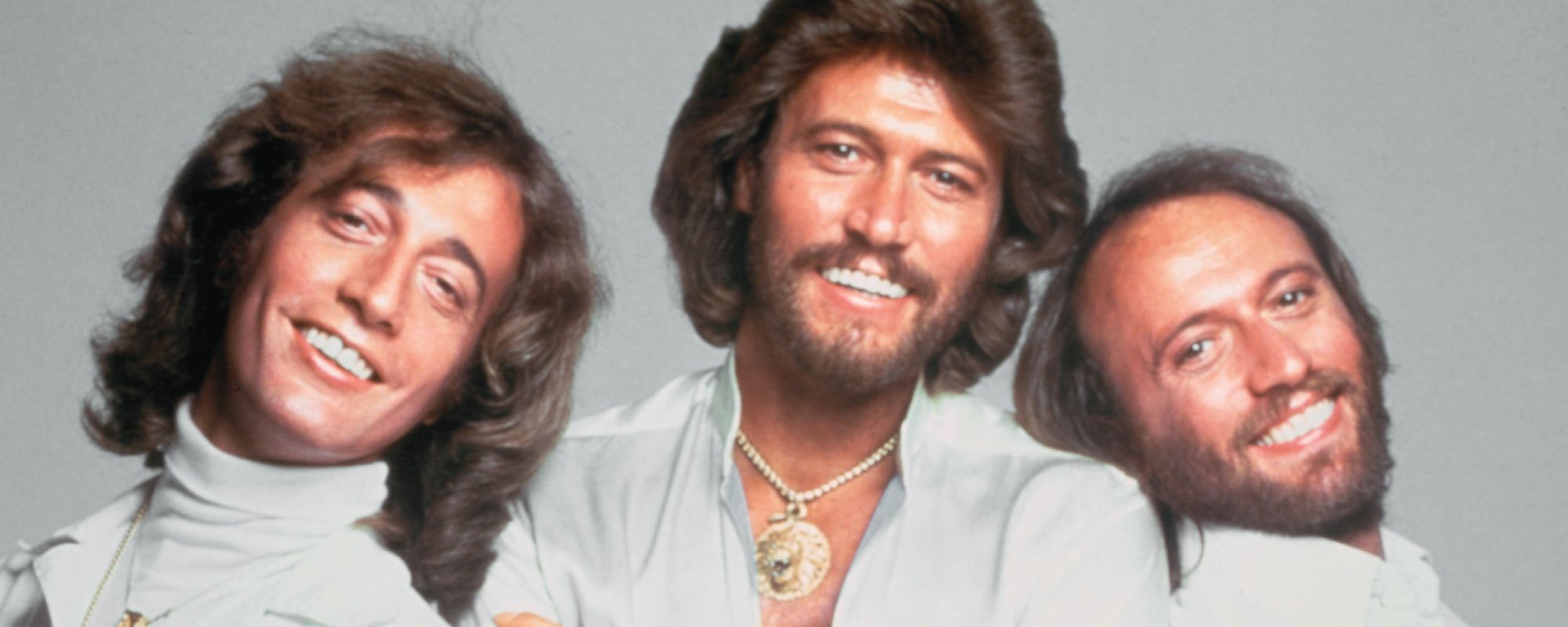
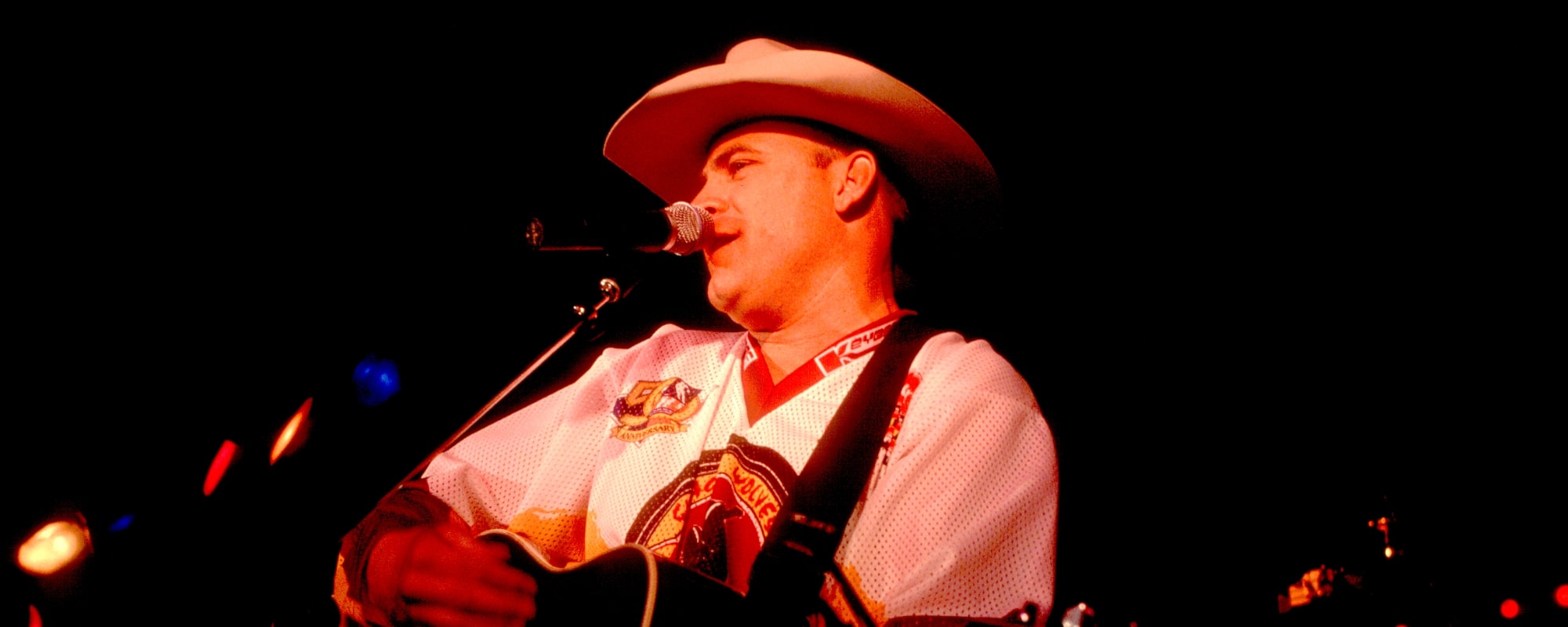
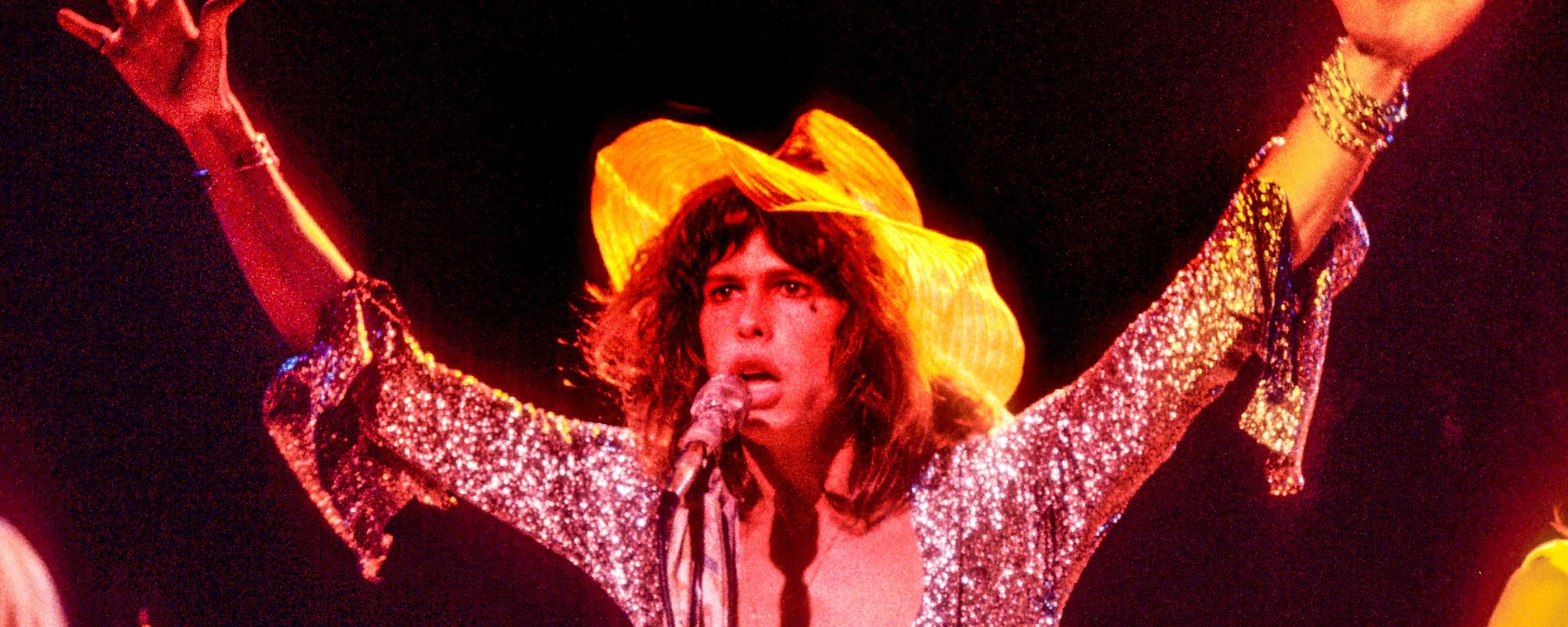

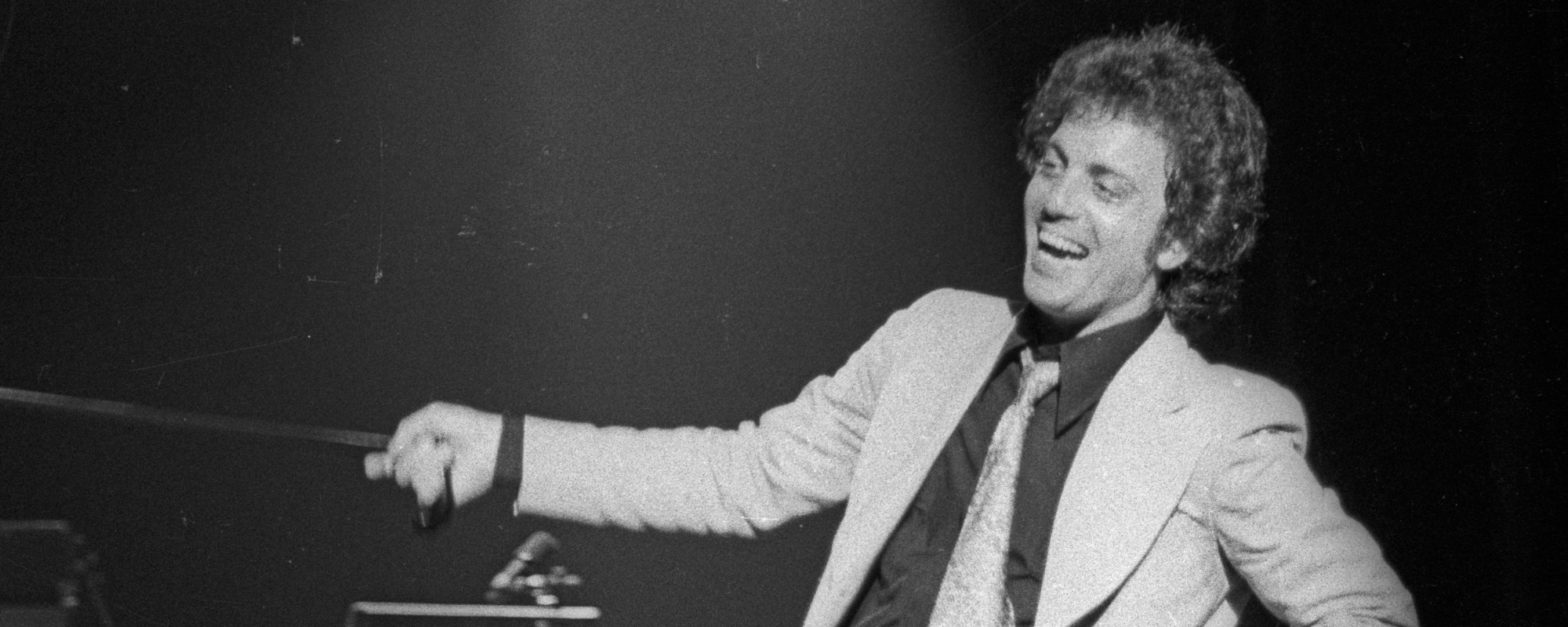
Leave a Reply
Only members can comment. Become a member. Already a member? Log in.